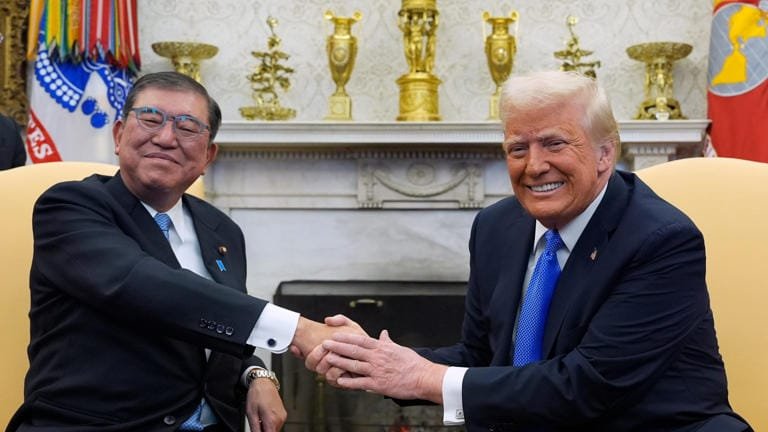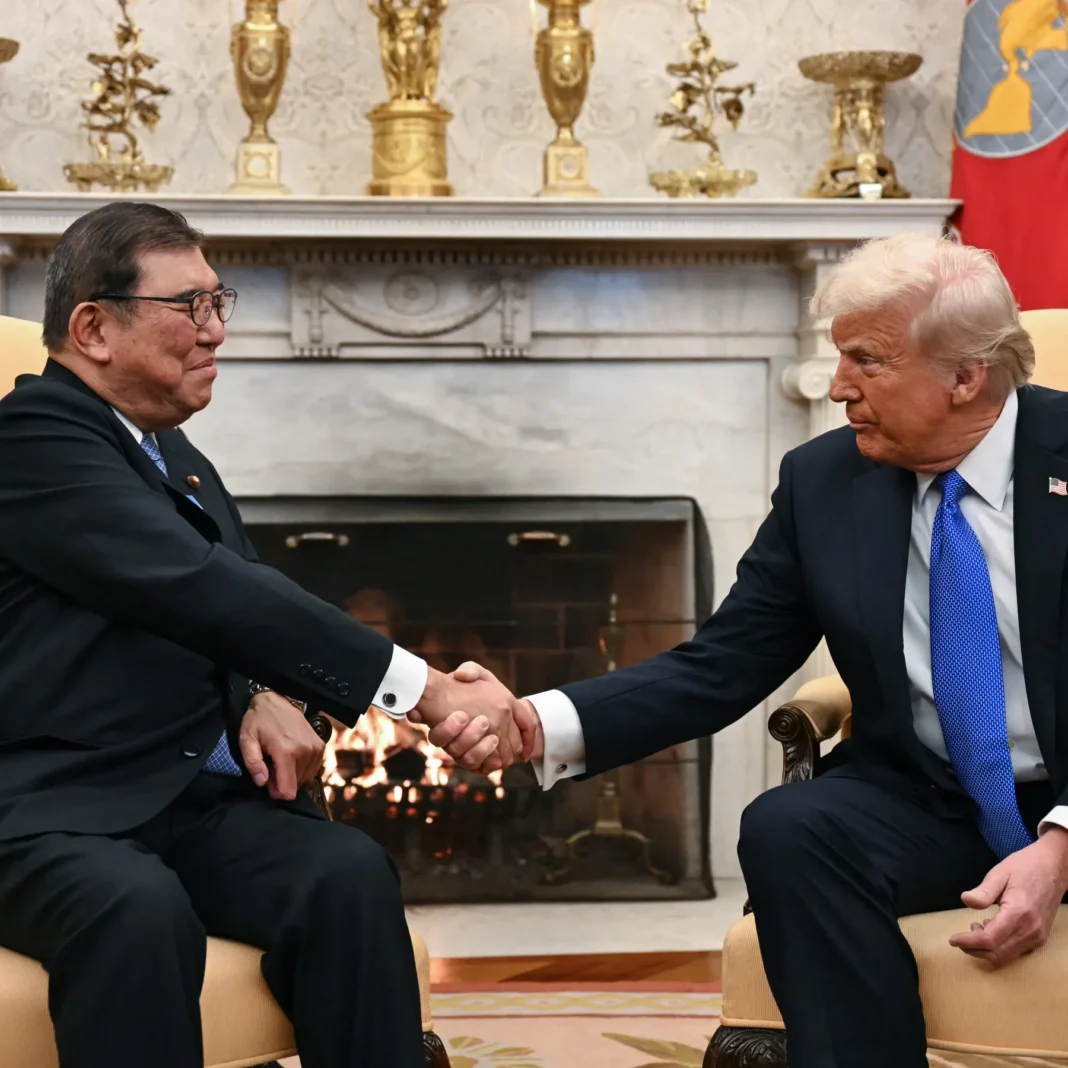On February 7, U.S. President Donald Trump and Japanese Prime Minister Shigeru Ishiba issued a joint statement opposing any attempts by China to alter the status quo in the East China Sea through force or coercion. They also emphasized the need for peace and stability in Taiwan. The statement reaffirmed support for U.S.-led coalitions, including the Quad—comprising the U.S., Japan, Australia, and India—as well as regional partnerships with nations like the Philippines, highlighting a united stance against China’s growing influence.
Since his first term, Trump has consistently pursued a containment strategy against China. Now, he has floated the idea of imposing tariffs as high as 60%, which has serious implications for South Korea. With China as its largest trading partner, followed by the U.S., South Korea could be caught in the crossfire of a potential trade war. Tariffs and export controls between Washington and Beijing would inevitably harm South Korea’s export-driven economy.
Particularly vulnerable is South Korea’s semiconductor industry, which accounts for 20% of the country’s exports. Stricter U.S. restrictions on semiconductor exports to China, including those with lower technological specifications, could deal a severe blow to South Korean businesses. The Bank of Korea estimates that if Trump enforces a 60% tariff on Chinese imports, South Korea’s exports to China could drop by more than 6%.
Despite these risks, Trump’s push to restructure the global supply chain could open new doors for South Korea. For example, Washington’s recent emphasis on nuclear energy cooperation with Seoul signals an opportunity. Expanding collaboration into areas such as artificial intelligence and quantum computing could further solidify South Korea’s technological edge. While China has caught up in most industrial sectors, it remains in a catch-up phase in semiconductors—a crucial area where South Korea maintains a competitive lead. Trump’s containment strategy could provide a chance to reinforce this advantage.

Additionally, Trump has indicated to the Japanese prime minister his intention to reengage with North Korean leader Kim Jong-un. On the same day, Kim publicly vowed to enhance North Korea’s nuclear capabilities and criticized military cooperation among South Korea, the U.S., and Japan. With South Korea’s political leadership in flux, the possibility of a renewed nuclear deal between Trump and Kim raises concerns. Trump has previously suggested that South Korea and Japan consider developing their own nuclear arsenals, a position echoed by a newly appointed U.S. deputy defense secretary, who argued that South Korea should explore nuclear armament as a counterbalance to China.
Meanwhile, relations between North Korea and China are at their lowest point in decades. Beijing has even removed a commemorative plaque marking Xi Jinping and Kim Jong-un’s 2018 meeting in Dalian—an unusual move given the nature of both authoritarian regimes. China has cut off the inflow of North Korean labor, a key revenue source for Pyongyang, while North Korea has switched its international satellite broadcasting service from a Chinese provider to a Russian one. Additionally, with North Korean troops reportedly supporting Russia, ties between Pyongyang and Moscow are strengthening at the expense of its relationship with Beijing. Given that over 95% of North Korea’s trade relies on China, a further deterioration in relations could leave Kim in a precarious position.
As Trump’s policies continue to reshape South Korea’s economic and security landscape, the nation must navigate both challenges and opportunities. Adapting to these shifts and capitalizing on emerging prospects will be a crucial test of South Korea’s strategic acumen.


